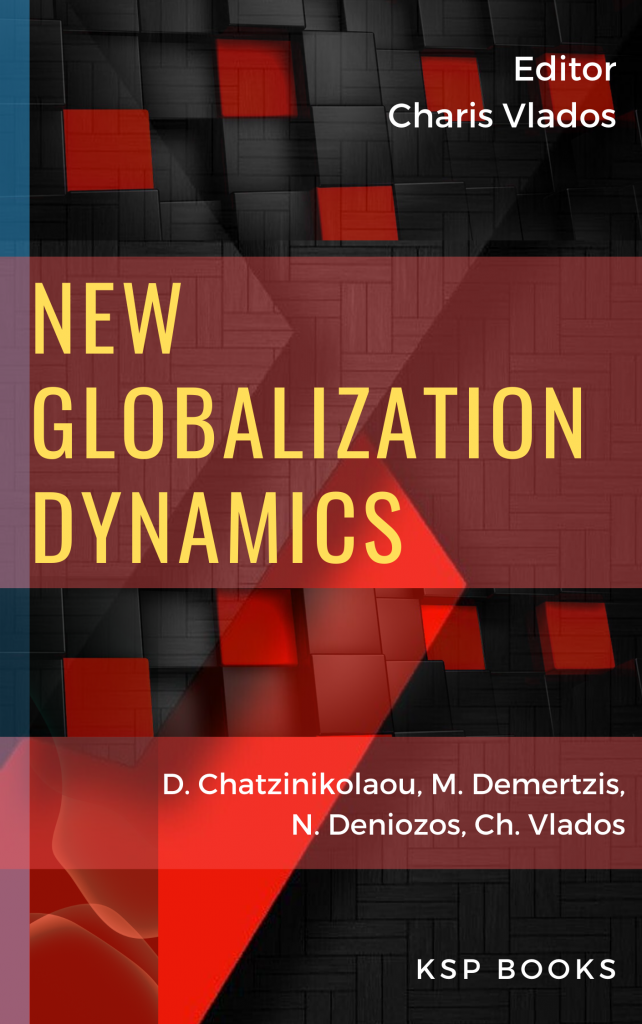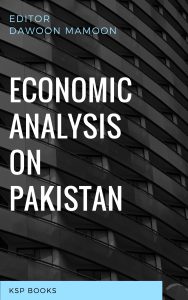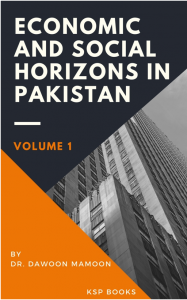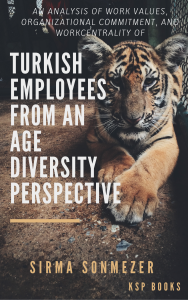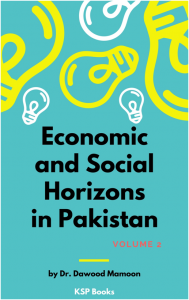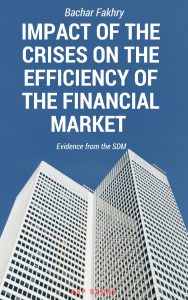Synopsis
We are experiencing a phase of profound restructuring of globalization nowadays, manifested through a wide variety of crisis symptoms, articulated at the same time upon the economic, political, social, and environmental spheres. Everything shows that the movements of the world’s “tectonic plates” are re-shaping the existing geo-economic and geopolitical balances on the planet drastically, causing new challenges to emerge, as well as new opportunities and threats for all stakeholders and participants in the global socioeconomic system.
Therefore, the current global crisis and restructuring are taking shape within a precarious state of affairs. In virtually every corner of the globe and an expanding number of cases and situations—both directly and visibly, both indirectly and subversively—old problems seem to return and become more challenging than yesterday. At the same time, new socioeconomic issues emerge and spread rapidly, without making it possible to find and implement effective, sustainable, and generalized long-term solutions on a global scale.
The current global crisis seems to be, at the same time, the period of the definitive overthrow of many yesterday’s “certainties” but also of the profound reorientation of the global system as a whole. It is, after all, the period of the “death agony” of the “old balance” of the previous phase of globalization and, at the same time, the phase of escalating efforts for a “new world architecture” to be born, stabilized, and imposed. We are, therefore, in the search for “new globalization.” Because we can eventually overcome the current phase of global crisis only when the “new” is sustainably installed, consolidate and prevail by opening up a new era of overall balance, sufficient stability, and reasonable certainty on a global scale.
This volume—which is a collection of published articles by the “Stra.Tech.Man Lab” research team—studies some of the fundamental aspects that concern the structuring/restructuring of the current phase of globalization: in what we call “new globalization.” The following chapters search to define and interpret some critical characteristics that help to understand how the structures of “new globalization” are emerging and taking place in our days, to explore some of their critical evolutionary milestones, and to clarify how to approach them analytically in the current phase of crisis and restructuring.
Contents
About Author(s)
ISBN
978-605-7736-59-8
Date of Publication
December 15, 2019
File Size: 5840 KB
Length: xv + 186 pages
This work is licensed under a Creative Commons Attribution 4.0 International License.
